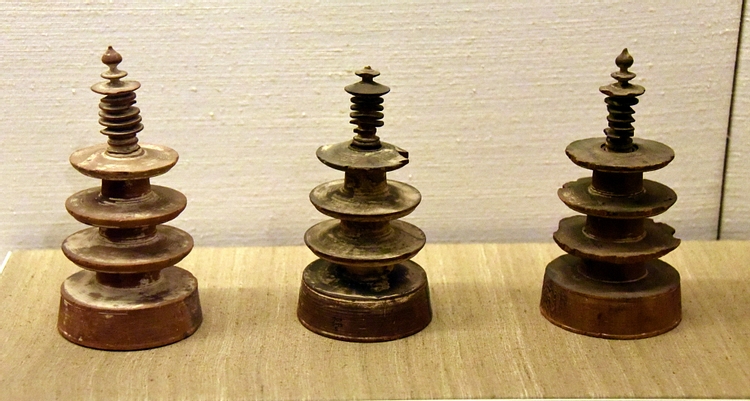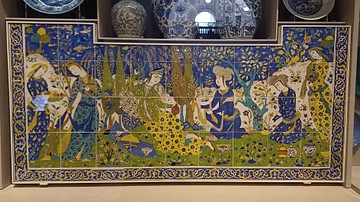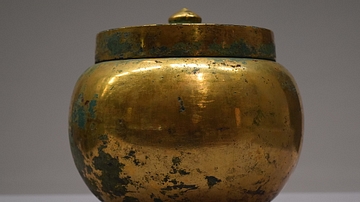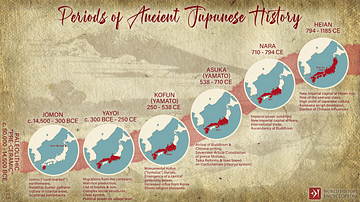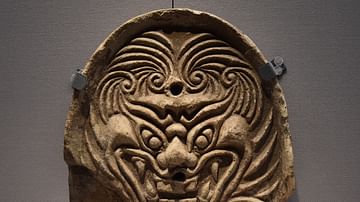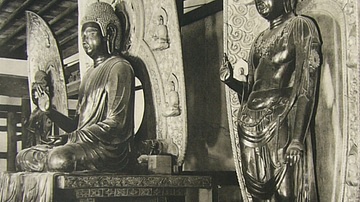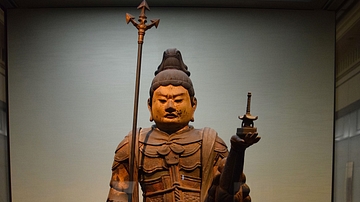Illustration
These are miniature stupas (hyakumanto). A stupa is a structure in a Buddhist temple that contains religious relics. Empress Shotoku (reigned 764-770 CE) ordered a million of these miniature wooden stupas to be made. Each one contained a printed Buddhist prayer that gave thanks after she crushed a rebellion led by Emi-no-Oshikatsu. One hundred thousand were given to each of ten great monasteries. Many still survive at Horyuji temple, Nara. Wood, pigment. From Japan. Circa 764 CE. (The British Museum, London).
Cite This Work
APA Style
Amin, O. S. M. (2018, November 30). Nara Period Miniature Stupas. World History Encyclopedia. Retrieved from https://www.worldhistory.org/image/9533/nara-period-miniature-stupas/
Chicago Style
Amin, Osama Shukir Muhammed. "Nara Period Miniature Stupas." World History Encyclopedia. Last modified November 30, 2018. https://www.worldhistory.org/image/9533/nara-period-miniature-stupas/.
MLA Style
Amin, Osama Shukir Muhammed. "Nara Period Miniature Stupas." World History Encyclopedia. World History Encyclopedia, 30 Nov 2018. Web. 25 Apr 2024.
